Story and Photos by ITN European Reporter Herve’ Rebollo
Let me take you to the Le Mans MotoGP 2019 where I was invited last week as VIP for some professional reasons I’ve forgotten …
 I was doubly lucky with that invitation: I would attend one of the most fantastic motorcycle race, the French Moto Grand Prix 2019 (– 27 laps, 112. 995 km / 72,2 miles ) and I would be “obliged” to come using my bike to avoid being stuck in the traffic right after the race. A great and cool ride of 500km aller-retour on the week-end of mid may. YES!!!
I was doubly lucky with that invitation: I would attend one of the most fantastic motorcycle race, the French Moto Grand Prix 2019 (– 27 laps, 112. 995 km / 72,2 miles ) and I would be “obliged” to come using my bike to avoid being stuck in the traffic right after the race. A great and cool ride of 500km aller-retour on the week-end of mid may. YES!!!
 As a result everyone was waiting for, Marc Marquez took his Repsol Honda to victory at this French GP (his third win of the season, and a landmark 300th premier-class win for Honda).
As a result everyone was waiting for, Marc Marquez took his Repsol Honda to victory at this French GP (his third win of the season, and a landmark 300th premier-class win for Honda).
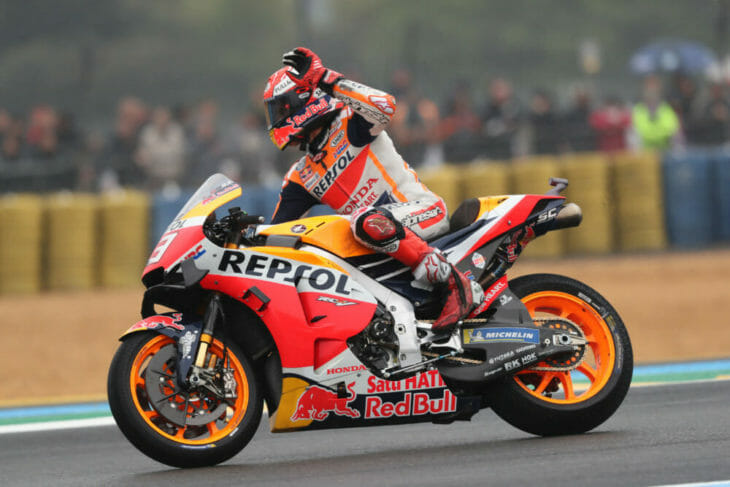 But, do you know where this Moto GP took place? Do you know the name of this legendary world-wide circuit? Do you know where it is located?
But, do you know where this Moto GP took place? Do you know the name of this legendary world-wide circuit? Do you know where it is located?
May be not. So, let me the pleasure to introduce some information to your biker culture.
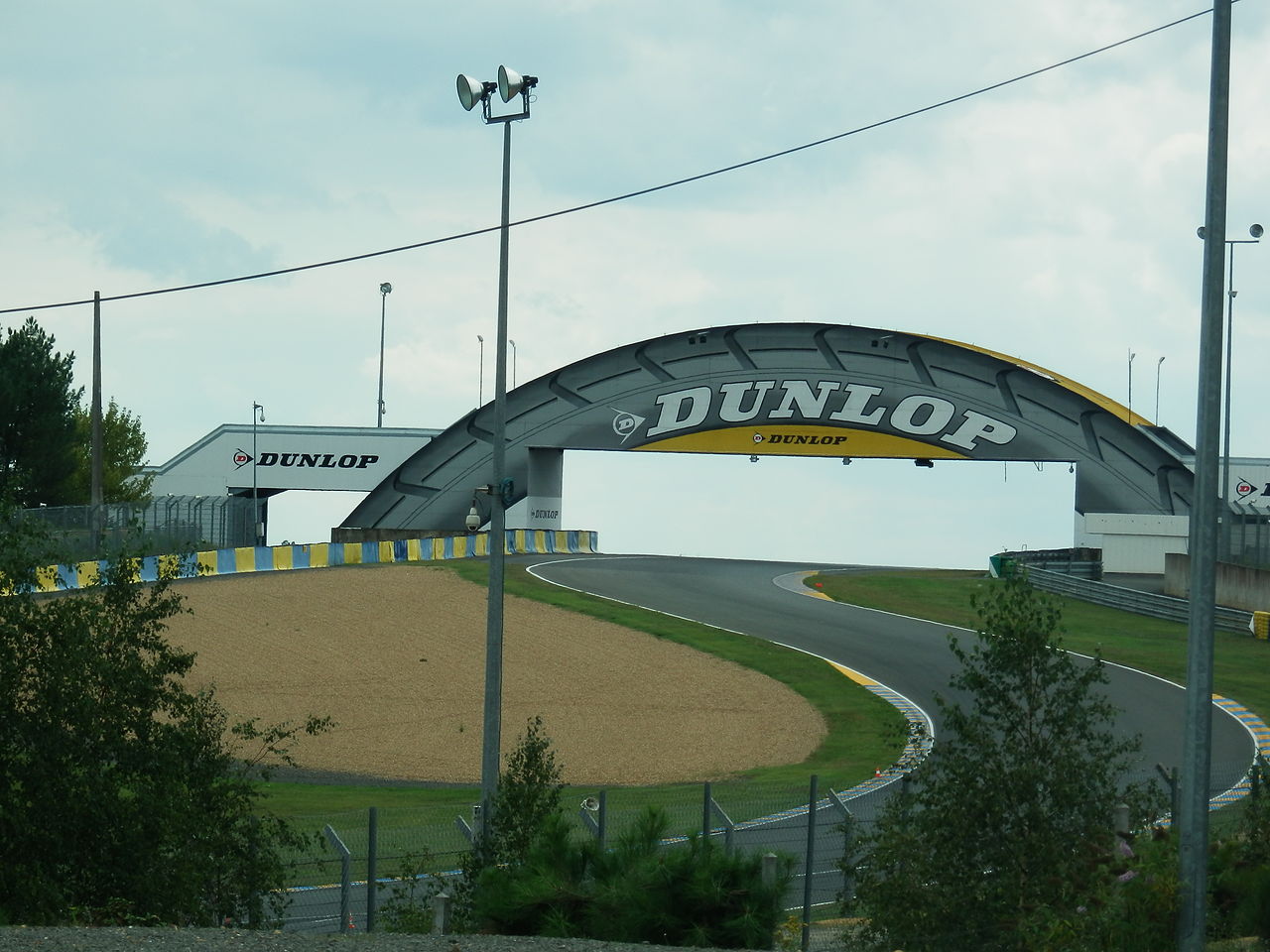 The Circuit des 24 Heures du Mans, also known as Circuit de la Sarthe (after the 1906 French Grand Prix triangle circuit) located in the city of Le Mans, county of Sarthe, is a semi-permanent motorsport race course chiefly known as the venue for the 24 Hours of Le Mans auto race. Comprising private, race-specific sections of track in addition to public roads which remain accessible most of the year, its present configuration is 13.626 kilometres (8.467 mi) long, making it one of the longest circuits in the world.
The Circuit des 24 Heures du Mans, also known as Circuit de la Sarthe (after the 1906 French Grand Prix triangle circuit) located in the city of Le Mans, county of Sarthe, is a semi-permanent motorsport race course chiefly known as the venue for the 24 Hours of Le Mans auto race. Comprising private, race-specific sections of track in addition to public roads which remain accessible most of the year, its present configuration is 13.626 kilometres (8.467 mi) long, making it one of the longest circuits in the world.
The Le Mans circuit has a long and proud history in motor sport, more famously for 4 wheel racing, but the French circuit is a fan and rider favourite when it comes to MotoGP, with the capacity to accommodate 100,000 attendees. The circuit lies 5km south of city of Le Mans and 200km south-west of the French capital or Paris, proving accessible and popular for travelling fans. The circuit was opened in 1966 and was built around Circuit de la Sarthe, the existing 24-Hour track and was first used for a Grand Prix event in 1969, when the 500 race was won by Giacomo Agostini. Since its opening, Le Mans has hosted 26 Grand Prix events including the Grand Prix ‘Vitesse du Mans’ in 1991. After 1995 the circuit was struck off the calendar after a serious accident involving Alberto Puig. The circuit was returned to the calendar in 2000 after safety improvements were completed. The current Le Mans Bugatti Circuit consists of 14 turns; 5 left corners and 9 right corners with the longest straight measuring 0.674 km.
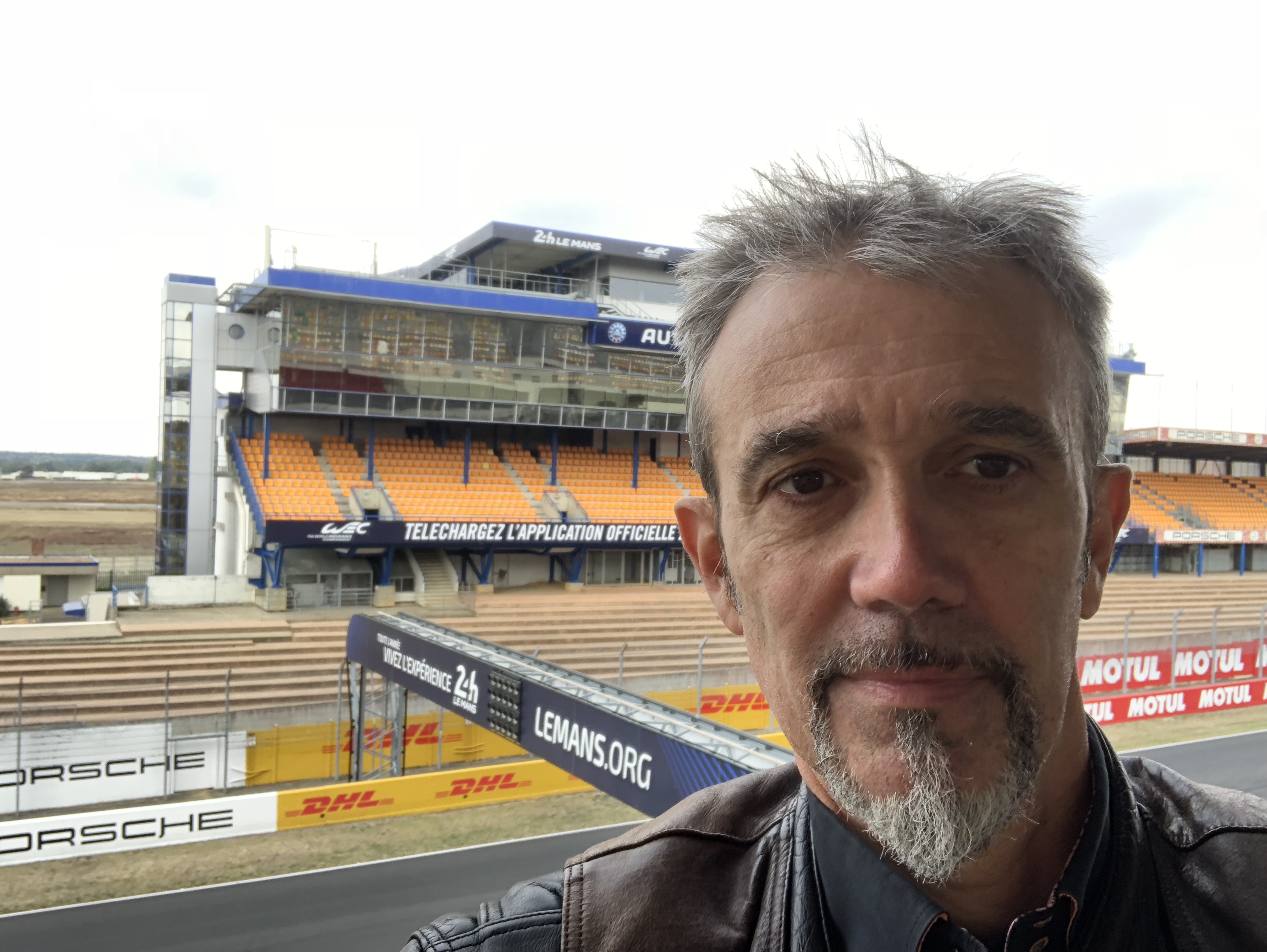 Capacity of the race stadium, where the short Bugatti Circuit is situated, is 100,000.
Capacity of the race stadium, where the short Bugatti Circuit is situated, is 100,000.
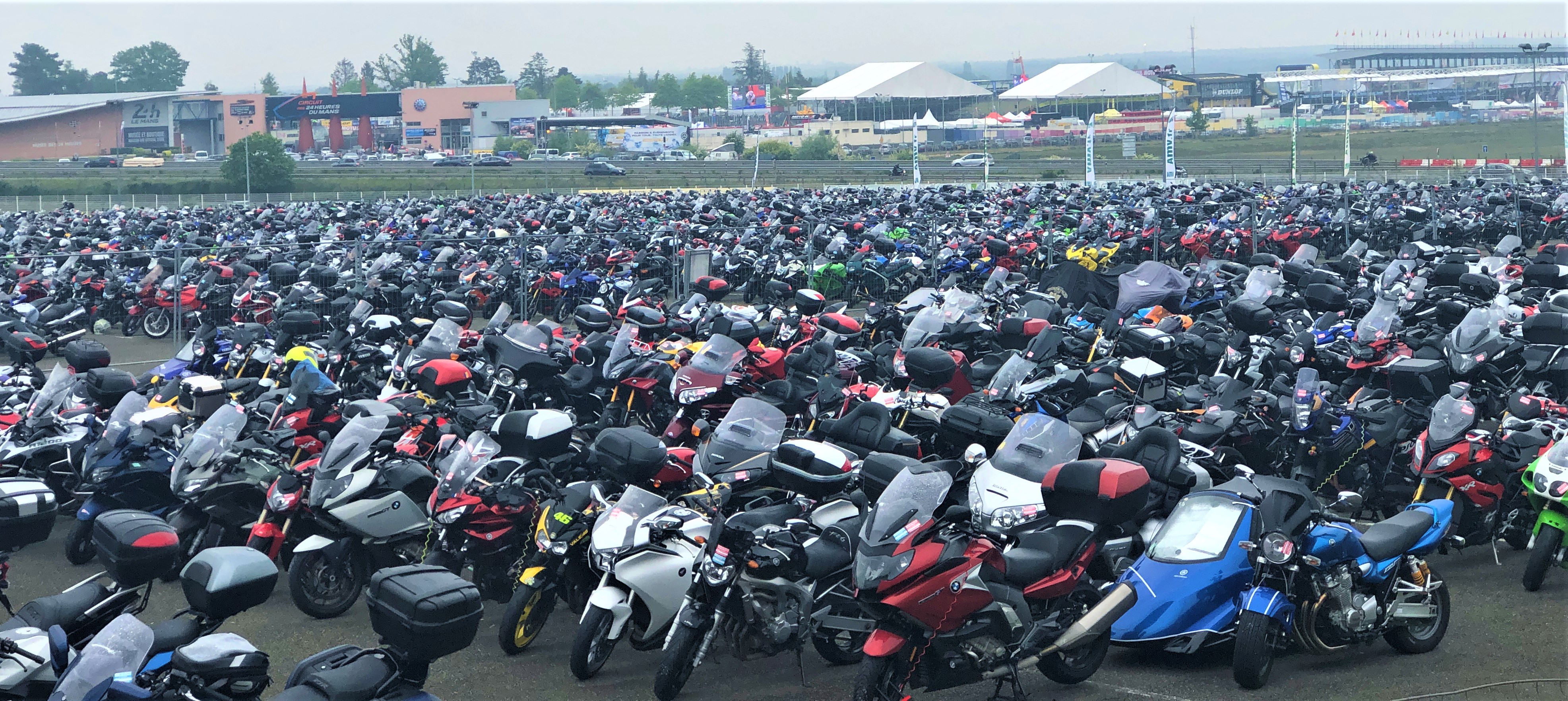 And of course, during these 3 days of this French Moto GP in the village of the brands, mainly dedicated to the god of speed, you even can meet your favorite brand: yes, the MoCo is there!
And of course, during these 3 days of this French Moto GP in the village of the brands, mainly dedicated to the god of speed, you even can meet your favorite brand: yes, the MoCo is there!
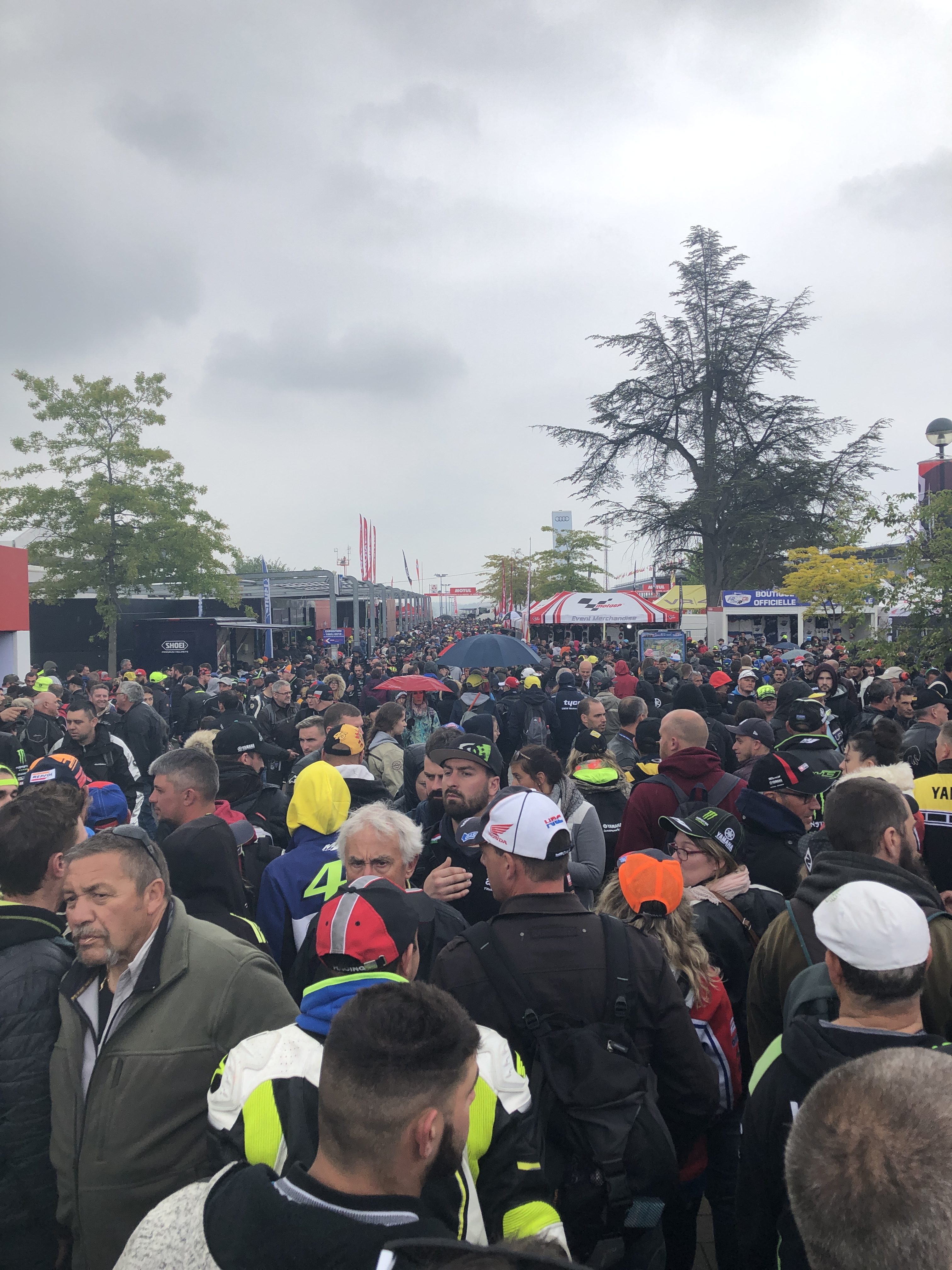 Right at the main entrance, you can visit the Musée des 24 Heures du Mans an amazing motorsport museum.
Right at the main entrance, you can visit the Musée des 24 Heures du Mans an amazing motorsport museum.
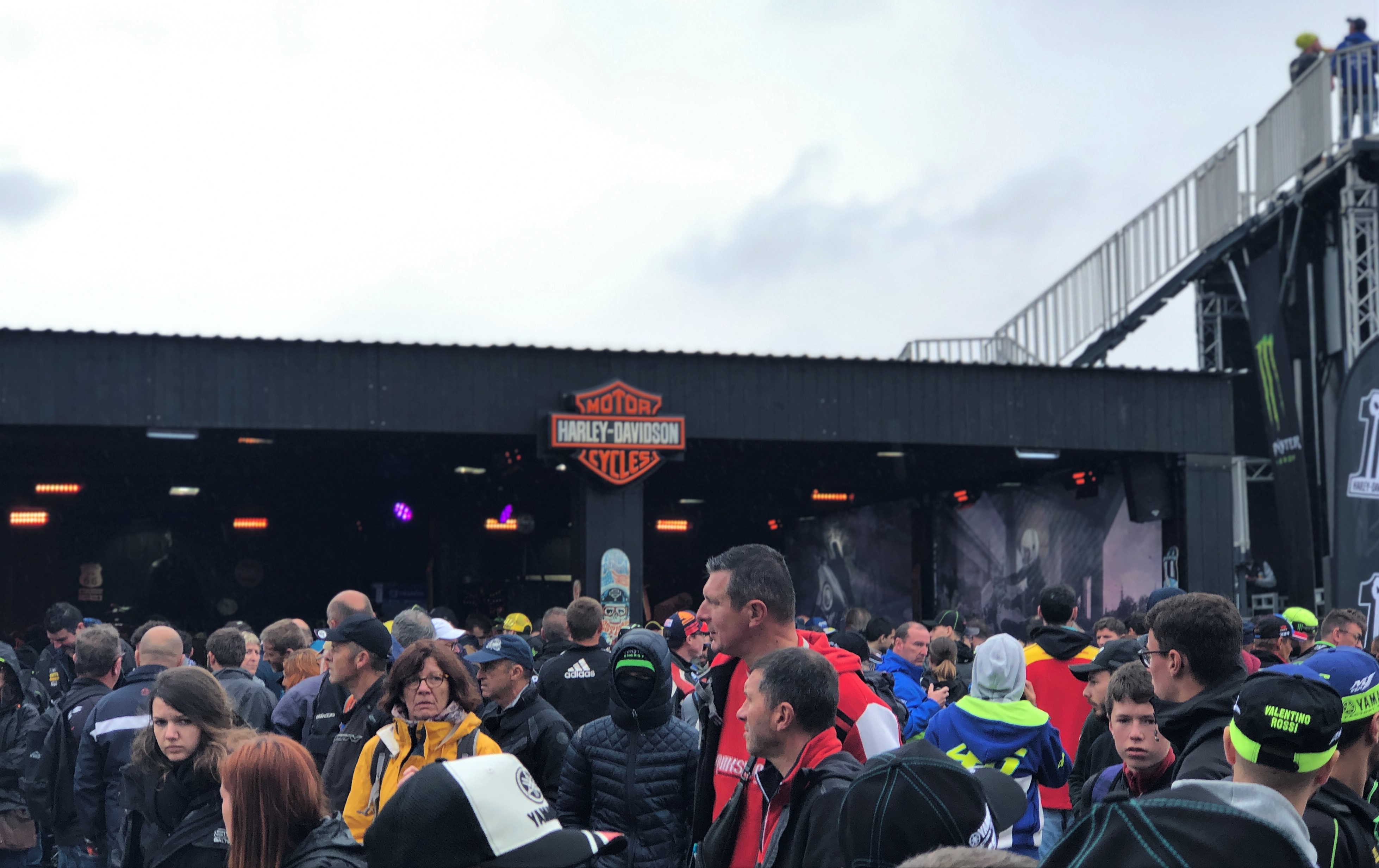
 Up to 85% of the lap time is spent on full throttle, putting immense stress on engine and drivetrain components. Additionally, the times spent reaching maximum speed also mean tremendous wear on the brakes and suspension as cars must slow from over 320 km/h (200 mph) to around 100 km/h (60 mph) for the sharp corner at the village of Mulsanne.
Up to 85% of the lap time is spent on full throttle, putting immense stress on engine and drivetrain components. Additionally, the times spent reaching maximum speed also mean tremendous wear on the brakes and suspension as cars must slow from over 320 km/h (200 mph) to around 100 km/h (60 mph) for the sharp corner at the village of Mulsanne.

Car speeds increased dramatically in the 1960s, pushing the limits of the “classic circuit” and sparking criticism of the track as being unsafe, after several trials related fatalities occurred. Since 1965, a smaller but permanent BUGATTI Circuit was added which shares the pit lane facilities and the first corner (including the famous Dunlop bridge) with the full “Le Mans” circuit.
 And by the way, why Bugatti? Because the directors of the Automobile Club de l’Ouest / ACO (West Automotive Club) at the time honoured the French constructor’s glory which marked the history of the auto and motorsports. As proof, the type 35 Bugatti and its 2,000 victories between the two world wars and the Bugatti Royale, the most legendary car of all time until the Veyron of today…so tribute is paid to one of the most emblematic car constructors in French motorsports.
And by the way, why Bugatti? Because the directors of the Automobile Club de l’Ouest / ACO (West Automotive Club) at the time honoured the French constructor’s glory which marked the history of the auto and motorsports. As proof, the type 35 Bugatti and its 2,000 victories between the two world wars and the Bugatti Royale, the most legendary car of all time until the Veyron of today…so tribute is paid to one of the most emblematic car constructors in French motorsports.
 Le Mans was most famous for its 6 km (3.7 mi) long straight, called Ligne Droite des Hunaudières, a part of the route départementale (for the Sarthe département) D338 (formerly Route Nationale N138). As the Hunaudières leads to the village of Mulsanne, it is often called the Mulsanne Straight in English, even though the proper Route du Mulsanne is the one from or to Arnage (if you have time and even if you don’t like car races, take time to watch Le Mans movie, issued in 1971 with Steve Mac Queen – a blast!).
Le Mans was most famous for its 6 km (3.7 mi) long straight, called Ligne Droite des Hunaudières, a part of the route départementale (for the Sarthe département) D338 (formerly Route Nationale N138). As the Hunaudières leads to the village of Mulsanne, it is often called the Mulsanne Straight in English, even though the proper Route du Mulsanne is the one from or to Arnage (if you have time and even if you don’t like car races, take time to watch Le Mans movie, issued in 1971 with Steve Mac Queen – a blast!).
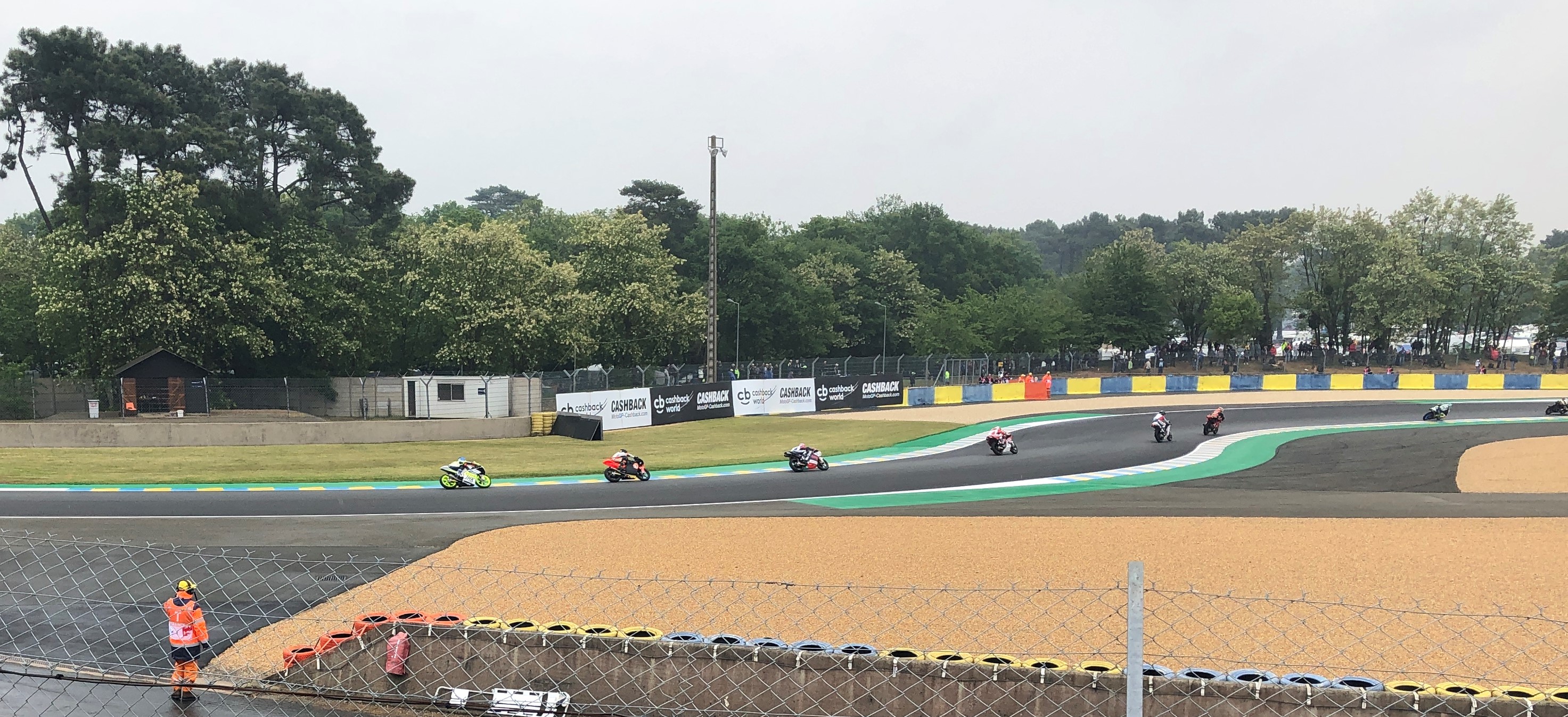 The French Grand Prix was held on different circuits in its history: on the Charade Circuit between 1959 and 1967, Le Mans Circuit on numerous occasions since 1969, alternating with the Paul Ricard Circuit at Le Castellet, used it for the first time in 1973, the Circuit Paul Armagnac in Nogaro in 1978 and 1982 and the Circuit de Nevers Magny-Cours once in 1992. Since 2000 the race is held at Le Mans on the Bugatti Circuit.
The French Grand Prix was held on different circuits in its history: on the Charade Circuit between 1959 and 1967, Le Mans Circuit on numerous occasions since 1969, alternating with the Paul Ricard Circuit at Le Castellet, used it for the first time in 1973, the Circuit Paul Armagnac in Nogaro in 1978 and 1982 and the Circuit de Nevers Magny-Cours once in 1992. Since 2000 the race is held at Le Mans on the Bugatti Circuit.
Son next time you want attend a great motorcycle race, please come to France. I’ll take you for a 3 days trip to Le Mans.
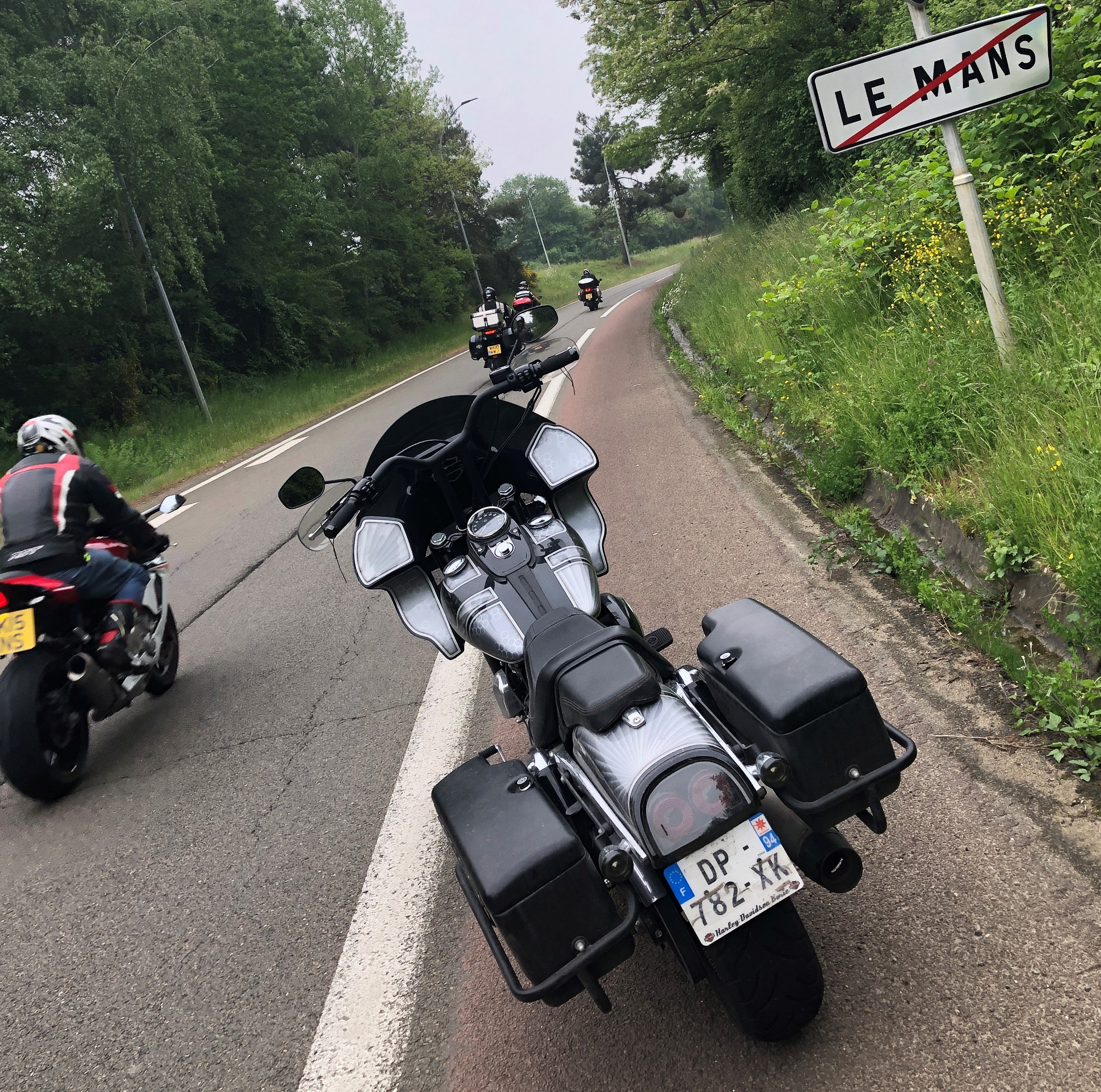 Waiting for you American rider.
Waiting for you American rider.
Hervé, you French biker friend.






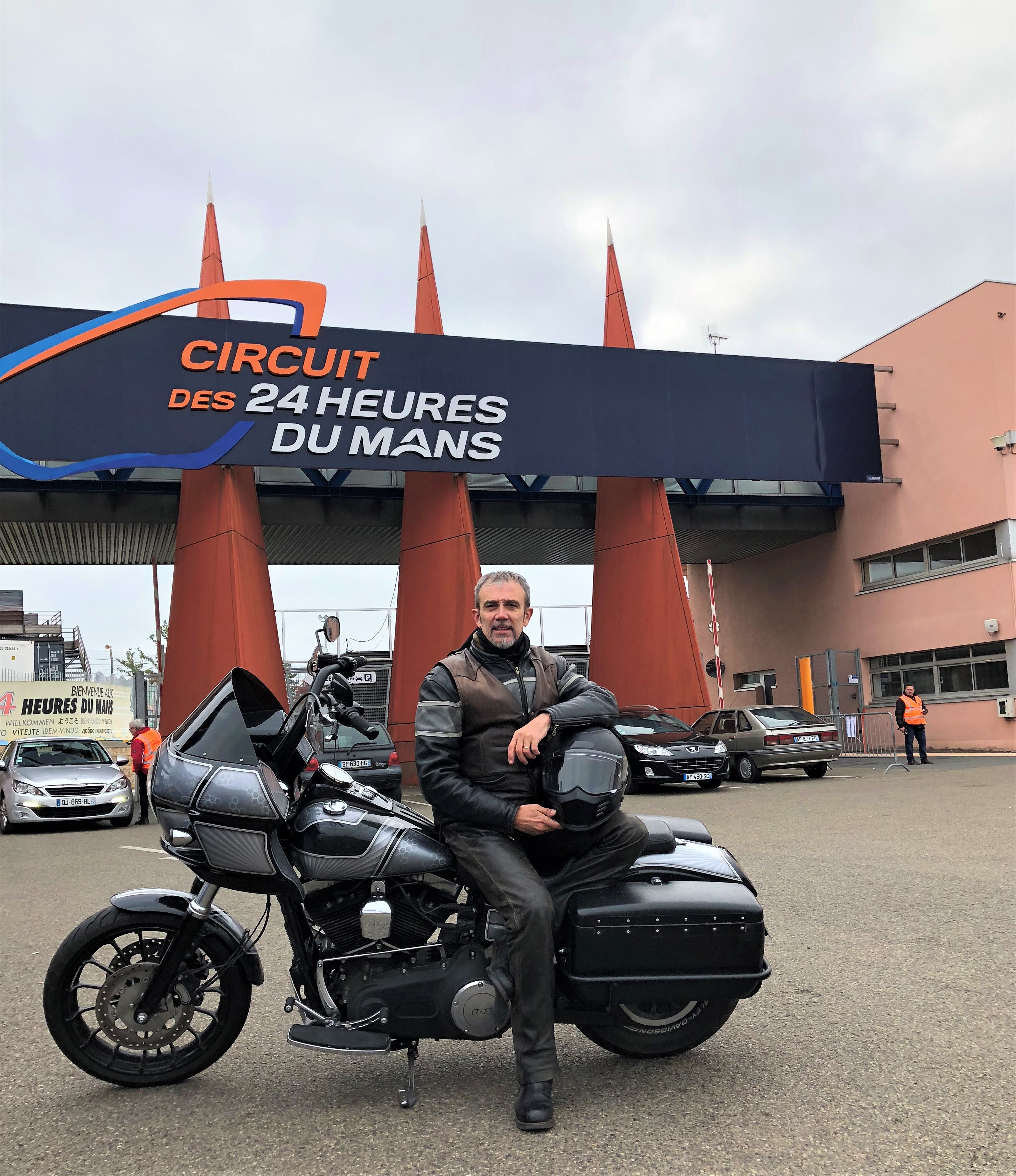

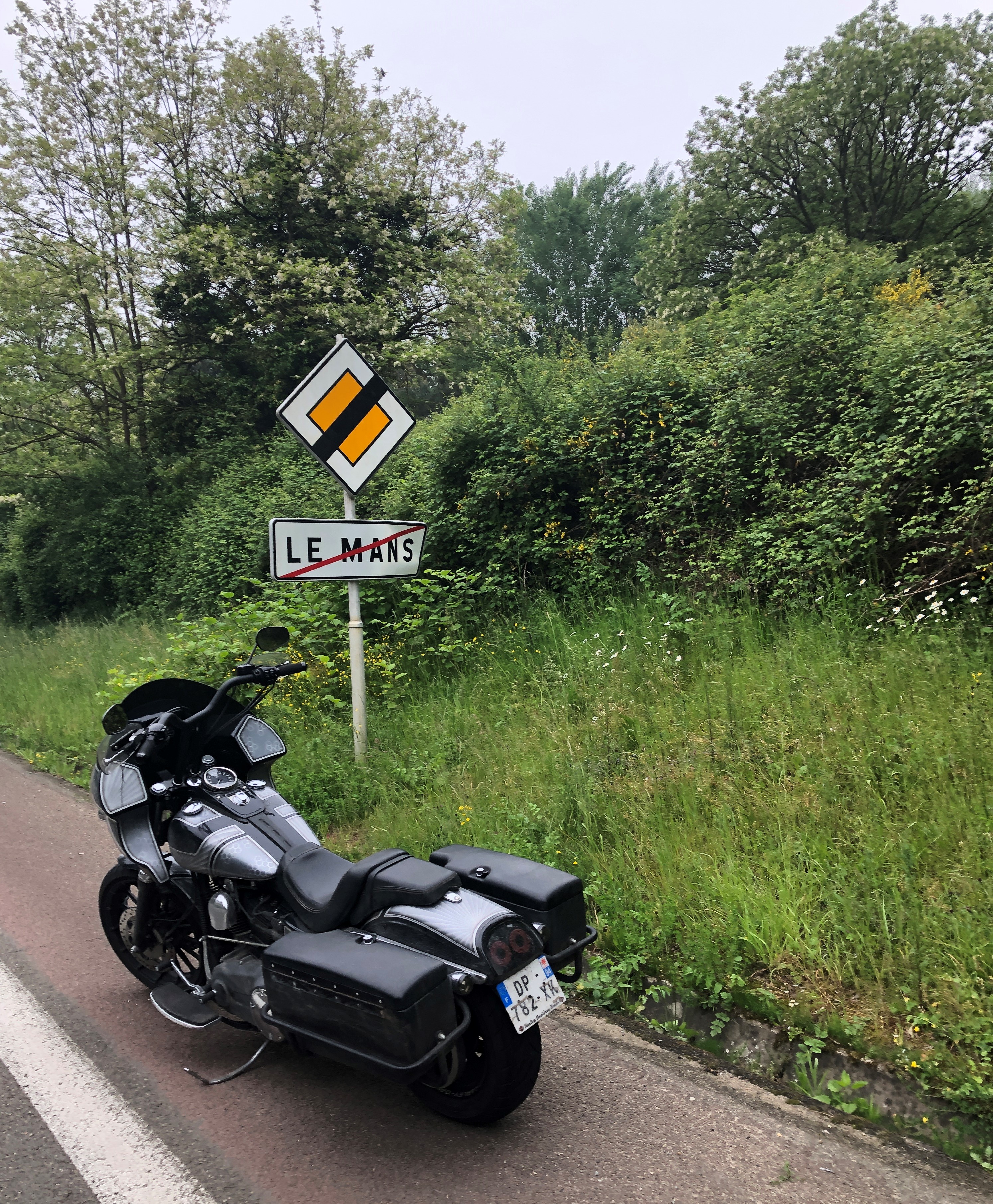





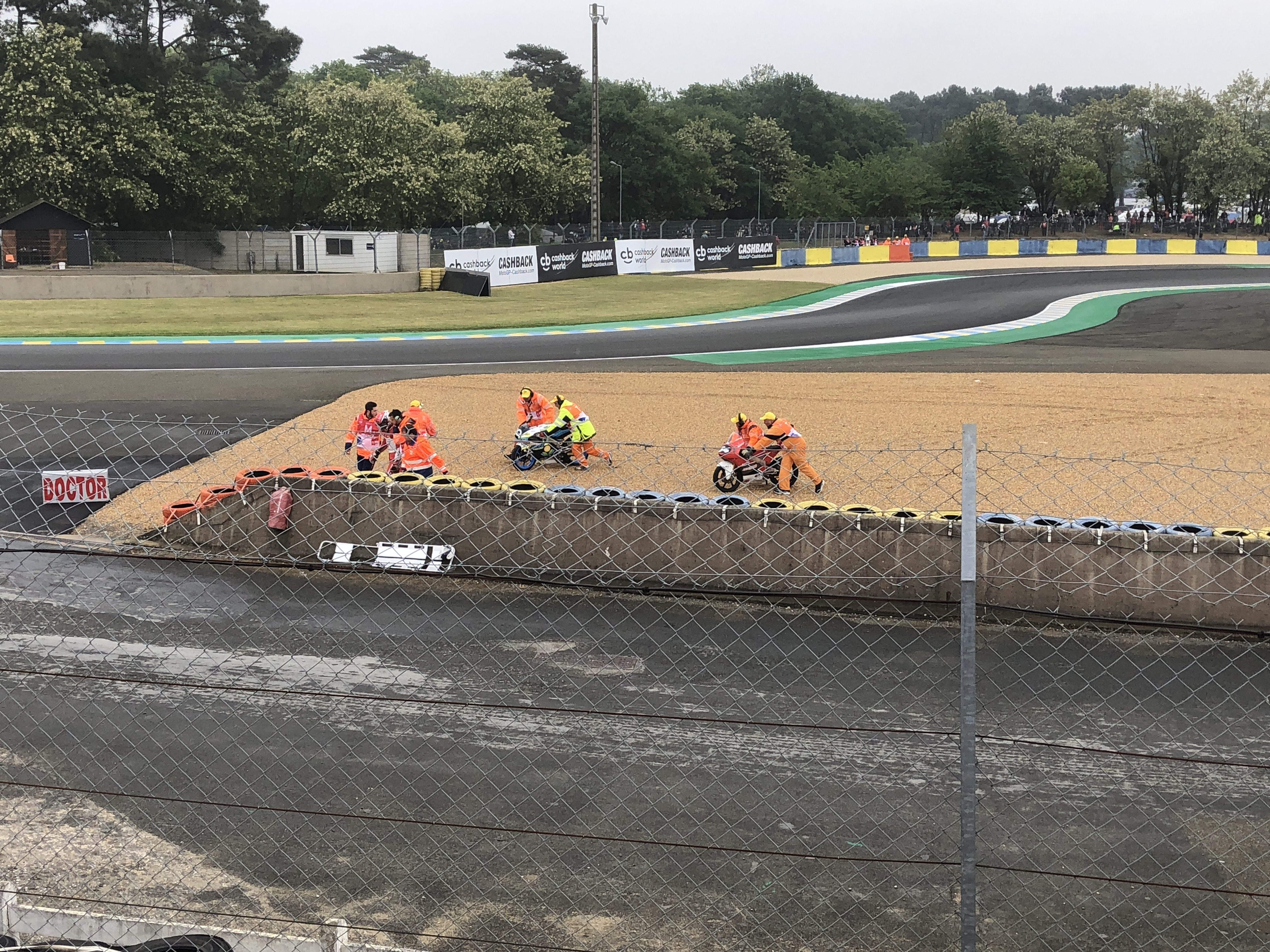
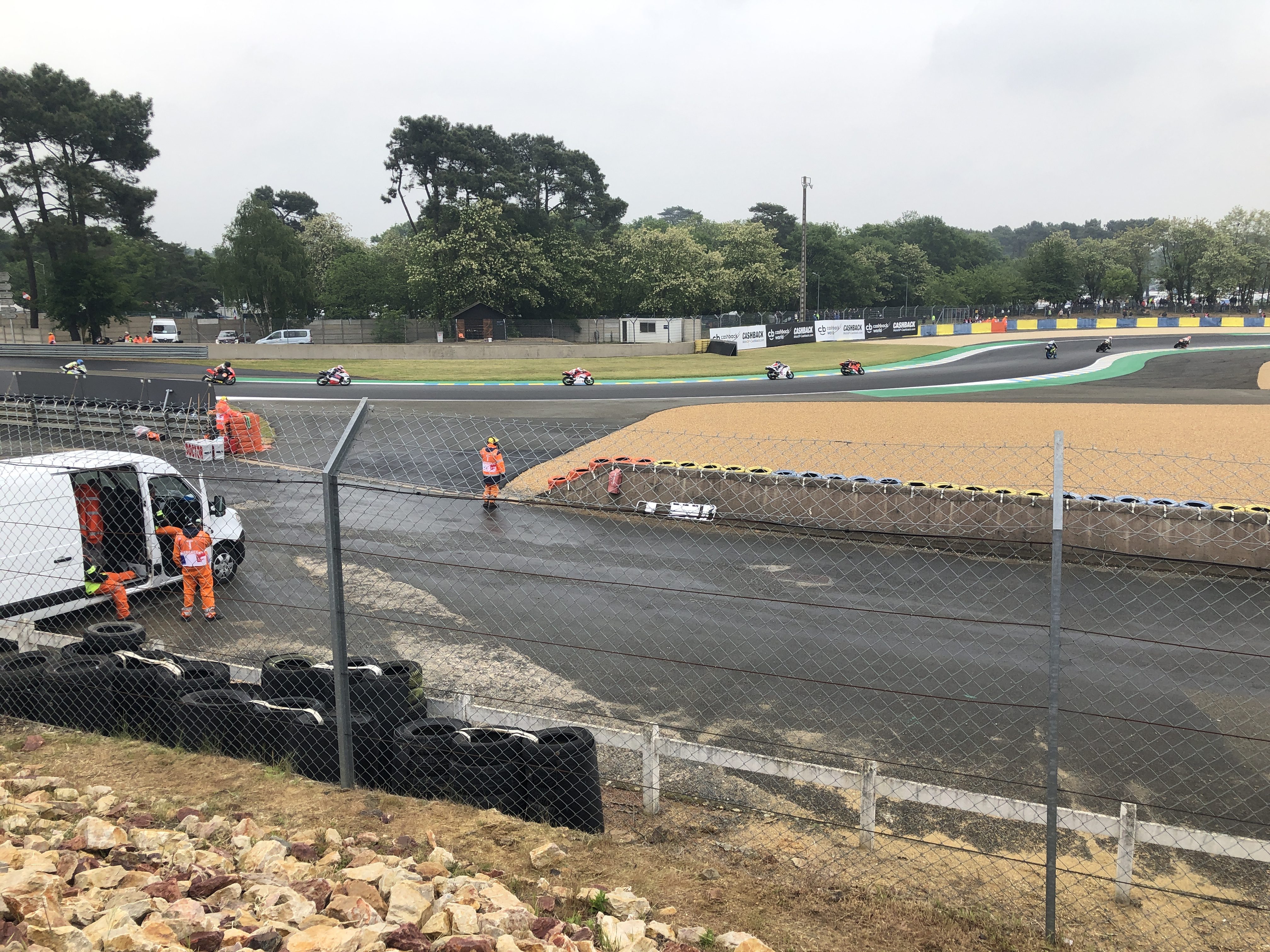
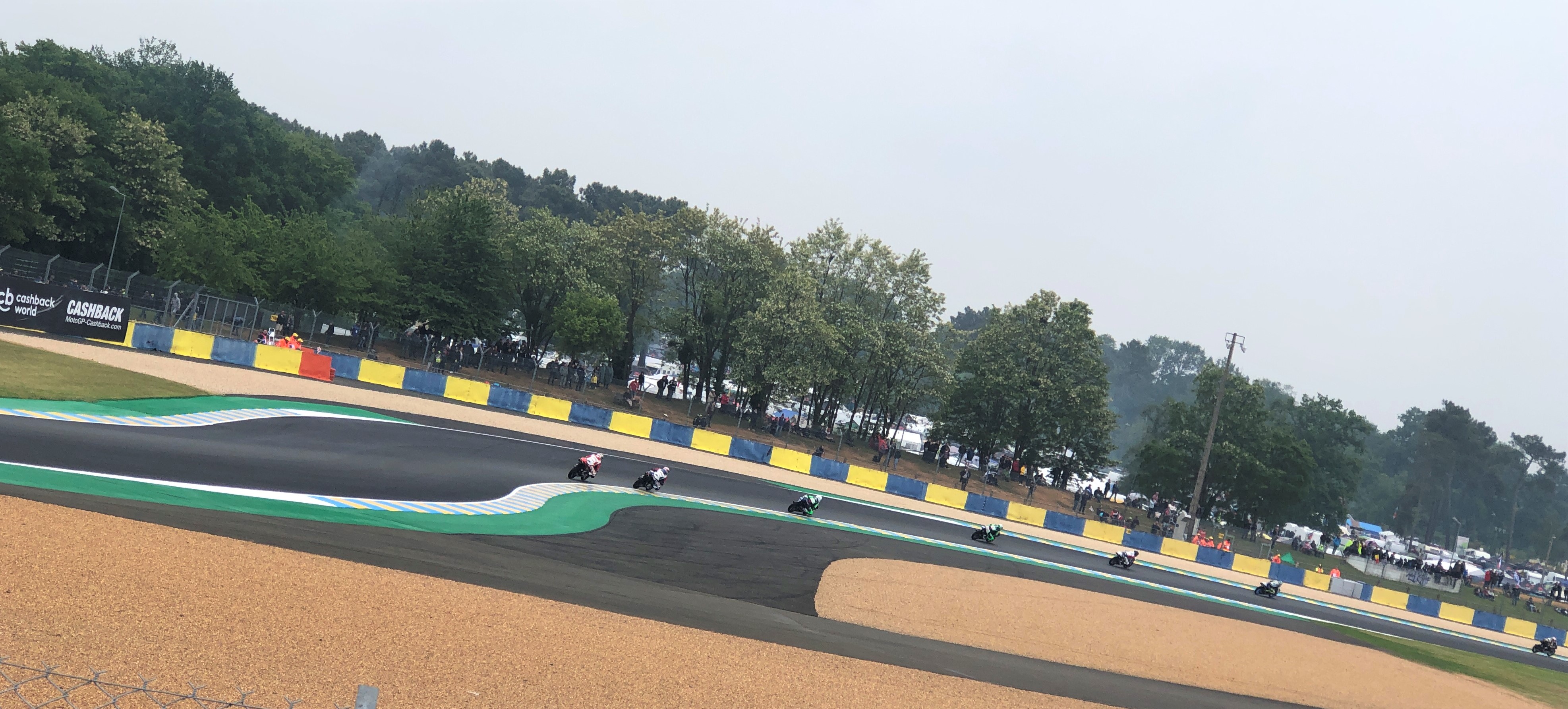





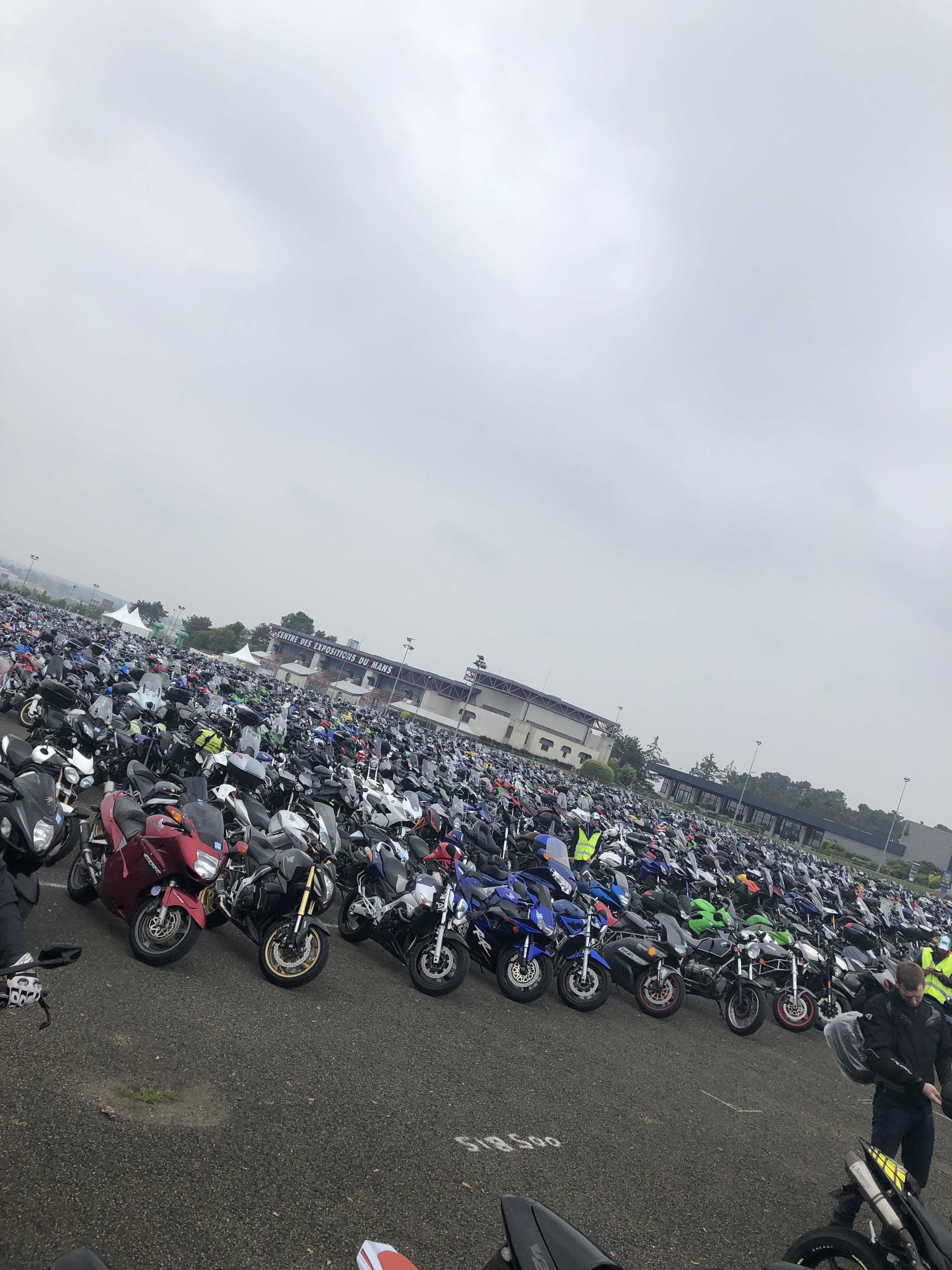




More Stories
RIDE TO THE CASTLES
RIDE TO THE VALENCIA MARKET
RIDE TO THE KÖNIGSTIGER